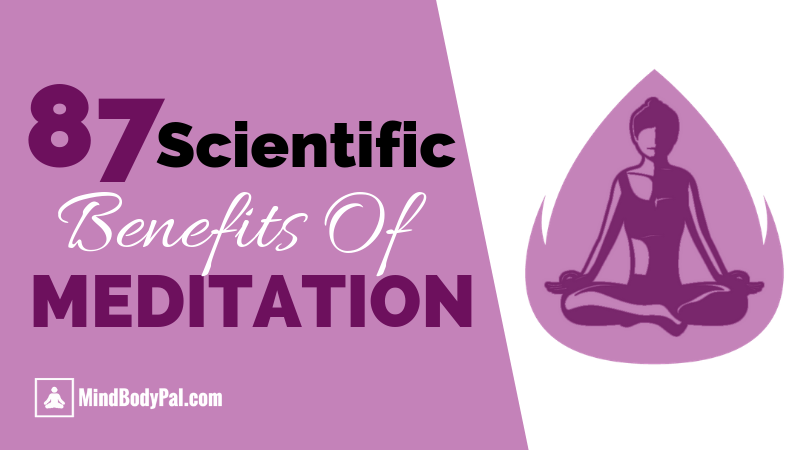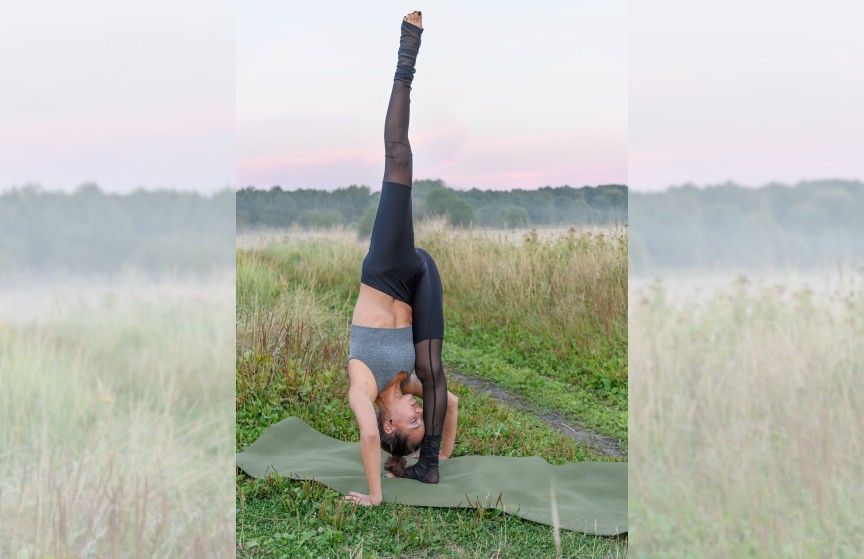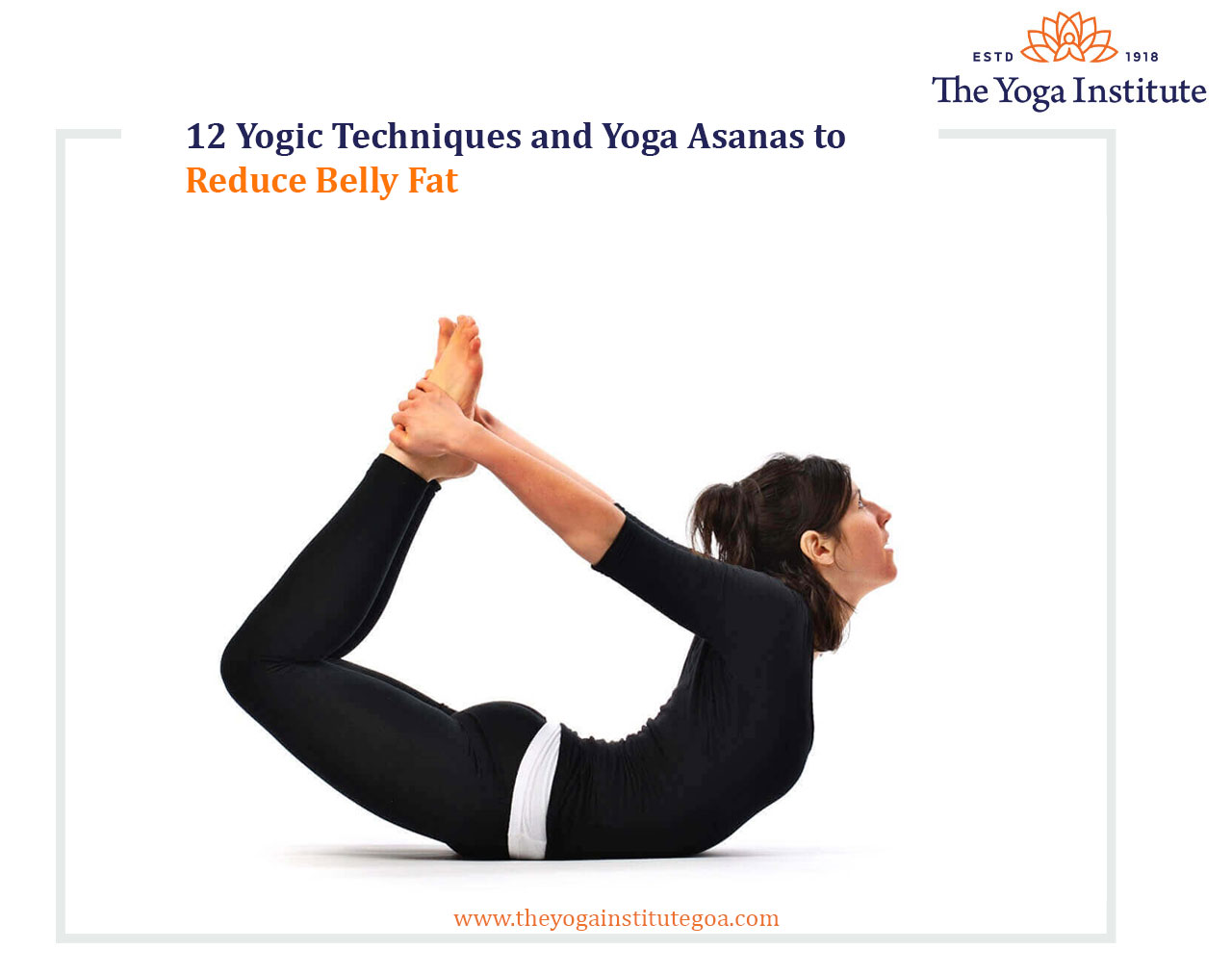
Clear and simple definitions of yoga are essential for understanding it. Let's take a look at the Yoga Sutras of Patanjali, Samadhi and Chitta to understand how they are defined. What are the most important components of yoga practice? What makes yoga different than other types of exercise? These are important questions and should all be considered in a research project. We will briefly discuss each.
Asana
While you may be aware of the physical benefits of Asana in Yoga, it is also important to understand that the asana you are practicing is not a complete exercise. The body requires enough oxygen to perform certain poses. To avoid further injury, practice one pose at a time. Asana is further divided into various categories. Beginers should learn the correct breathing technique. They should pay attention to their breath throughout the exercise.

Chitta
Chitta is a field of the mind. It is the storehouse of memory, emotions and habits. It is also called the lower mind' in yoga. Chitta is the storehouse for consciousness. It should be channeled and integrated into a coordinated, controlled, and coordinated practice. Chitta can be temporarily set aside in some cases.
Samadhi
Yoga is believed to be the only path to samadhi. While this may be true, it is not possible for everyone. It takes many years of practice and a lot of effort. Although samadhi in yoga is theoretically achievable by any human being, many people do not have the requisite mental discipline or the dedication to pursue the practice. The first steps towards samadhi are the eight limbs. Using mantras such as Om to focus your mind on one object can help you do this. This helps the mind gain control over sensory information.
Patanjali's Yoga Sutras
The Yoga Sutras' first chapter provides definitions for Yoga. Yoga is the practice of discipline and the cessation or identification with fluctuations in the mind. It is a path that leads you to your ultimate liberation. Yoga is a path to help the practitioner become aware and connected with the Self. A person who achieves this state can call it samadhi.
Michael O'Neill's definition
Michael O'Neill began practicing yoga after sustaining a severe arm injury in 2000. Although he had been practicing yoga since childhood, he kept a beginner's level. But the injury caused him to seek a more holistic way to heal his body. O'Neill used hydrotherapy and yoga to heal his nervous system. Kundalini yoga is a meditation of awareness. This was a life-altering experience for him.

Personal definition
Every person has a different definition of yoga and each may have a slightly different interpretation. Because yoga is a multifaceted phenomenon with many exceptions, it can be difficult to define. Yoga is a skilled practice that leads to equanimity. This is how the Bhagavadgita defines yoga. Yoga means skillful action with no fluctuation in your mind.
FAQ
What foods should I avoid after practicing yoga?
You may experience a decrease in energy levels if you avoid certain foods. It can also make you feel bloated, or cause stomach cramps. You may feel tired after practice.
Are there yoga classes available for people with disabilities?
Yes, yoga studios offer specialized classes for people with disabilities. These include:
-
Individuals with physical disabilities who wish to improve their posture
-
People with limited mobility
-
Individuals suffering from arthritis
-
Those recovering from injuries
-
The elderly
If you know someone who would benefit from these classes, encourage them to join.
Is yoga a good option for pain management?
Chronic back pain sufferers may find yoga to be a good treatment. It can help them increase flexibility, balance and strength as well as reduce stress levels.
Before starting a routine of yoga, as with all exercise programs, you should consult with your doctor.
Can I do Yoga every day, even as a beginner?
Yoga is a wonderful way to strengthen your body. It helps you relax as well as release stress. To start yoga regularly, you don't need to be an expert. For beginners, yoga should be practiced for 20 minutes at least three times per week.
This is enough time for you to get started. After that, you can gradually increase the time you spend practicing.
What are the benefits of yoga for beginners?
Yoga can help you improve your posture, flexibility and strength as well as your breathing control, relaxation, mental clarity, and overall posture. Yoga can help you become more aware of your surroundings, yourself and others.
Yoga teaches you how to live life fully. You learn to listen to your body and mind. Acceptance of yourself is something you learn. And you learn to let go of stress and tension.
You learn to relax and enjoy life.
Statistics
- Gentle yoga has been shown to ease some of the discomforts of tender, swollen joints for people with arthritis, according to a Johns Hopkins review of 11 recent studies. (hopkinsmedicine.org)
- About one in seven U.S. adults practiced yoga in the past 12 months, according to a 2017 national survey. (nccih.nih.gov)
- In comparison, a 125-pound person is estimated to burn 135 calories in 30 minutes of walking (at a pace of 15-minute miles) and 210 calories bicycling at a moderate pace on a stationary bike. (everydayhealth.com)
- According to the Agency for Healthcare Research and Quality, falls are incredibly common among older adults in nursing facilities. Even the simplest ones can increase the risk of death (24). (healthline.com)
- The American Psychological Association recently shared that 84% of American adults feel the impact of prolonged stress (5). (healthline.com)
External Links
How To
What is your ideal position for practicing yoga?
There's no right or wrong way to practice yoga. Each person has their style. The most important thing is to feel at ease in the positions you choose.
Here are some common postures:
For beginners, standing poses are a good choice because you can see your body from various angles. They also make it easier to focus on breathing.
Forward bends – Forward bends can be used to loosen tight areas in the body. Try them while sitting or lying down.
Backbends: Backbends can be considered advanced poses. If you want to try one, you should seek advice from your instructor.
Inversions-Inversions are a pose that requires you to balance your body upside down. This is a challenging but rewarding type of yoga.